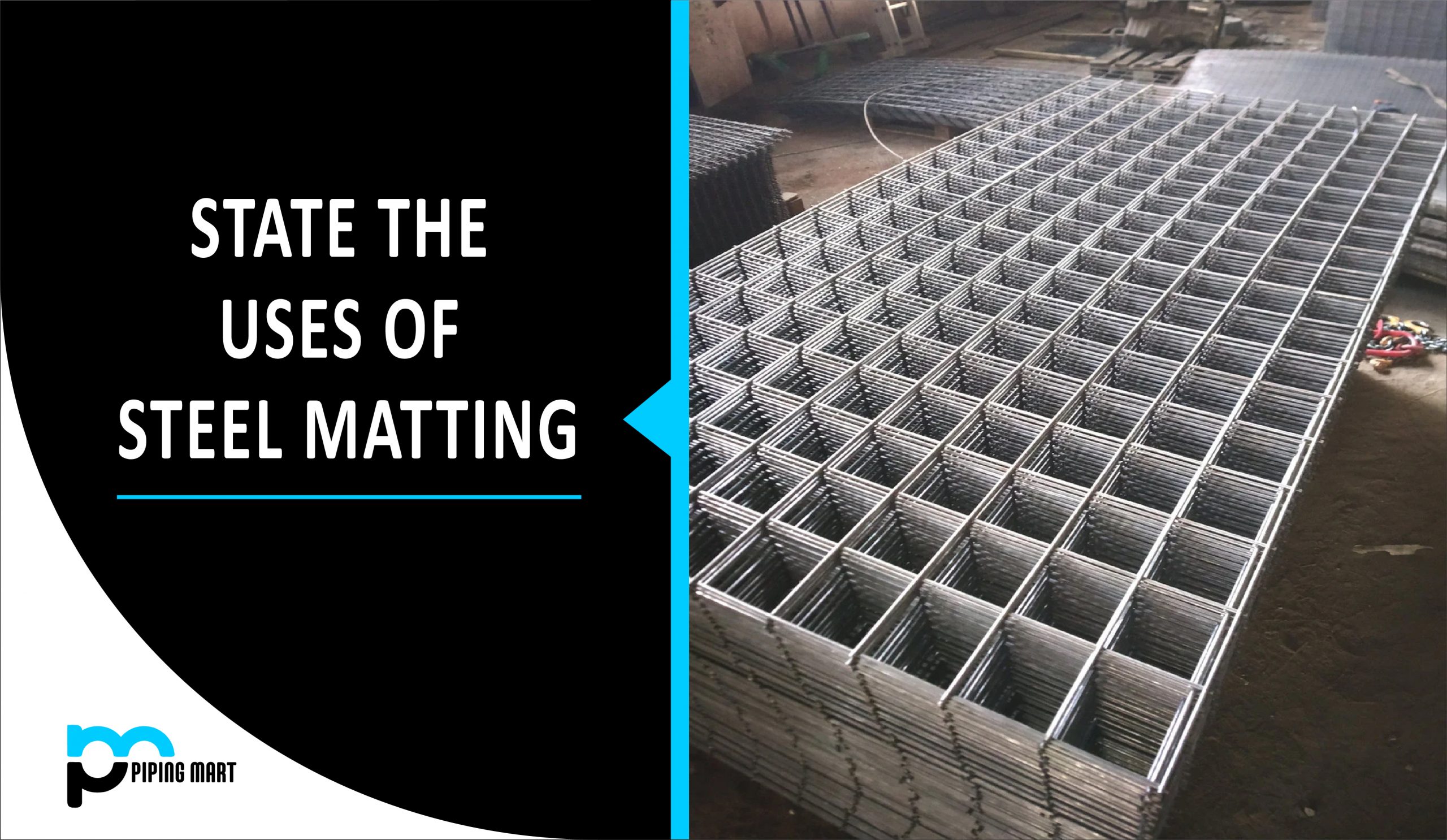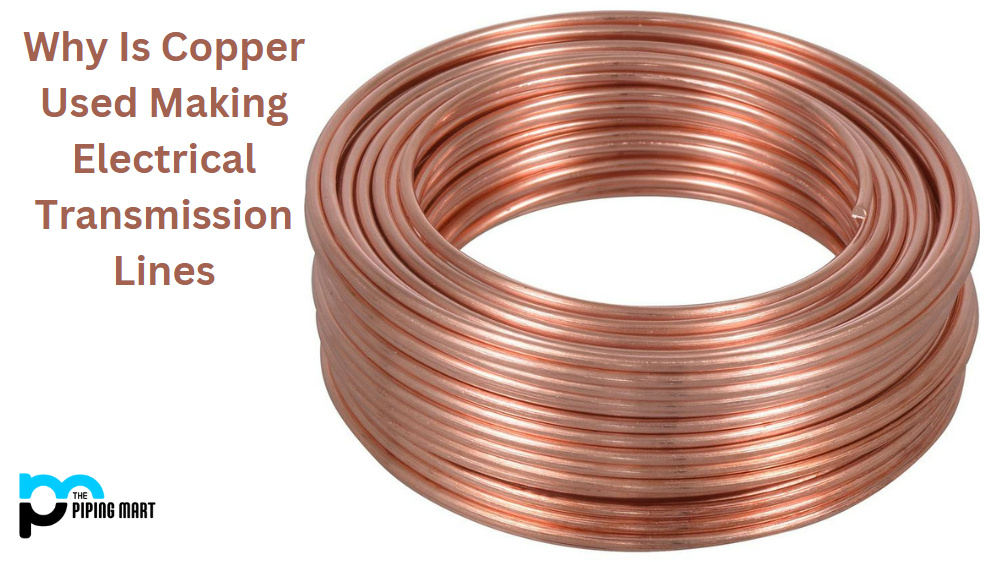Whether discussing plumbing systems, HVAC equipment, or industrial machinery, valves are essential components that regulate the flow of fluids, gases, and other substances. Two of the most common valve types are isolation and regulating valves, which are crucial for different purposes. This blog post will dive into the differences between isolation and regulating valves, their benefits, and when to use each.
Difference Between Isolation Valve and Regulating Valve
Isolation Valve Definition and Function
Isolation valves are designed to completely shut off fluid or gas flow in a pipeline. They work like an on/off switch that isolates a particular system section for maintenance, repair, or shutdown. Isolation valves are typically ball, gate, globe, or butterfly valves made of various materials such as brass, stainless steel, or PVC. Their primary function is to block fluid or gas flow to allow safe and secure working conditions for technicians or equipment operators. Some typical applications for isolation valves include hydronic heating, fire sprinklers, fuel transport, and chemical processing.
Regulating Valve Definition and Function
Regulating valves, on the other hand, are designed to control the flow rate, pressure, or temperature of a fluid or gas in a pipeline. They work like a throttle that increases or decreases the flow rate to achieve a specific set point or range. Regulating valves are typically globe, needle, control, or pressure-reducing valves made of various materials such as bronze, cast iron, or stainless steel. Their primary function is to regulate the fluid or gas flow to maintain optimal conditions for equipment performance, energy efficiency, or product quality. Some typical applications where regulating valves are used include HVAC systems, industrial process control, water treatment, and natural gas distribution.
Benefits of Isolation Valve
One of the main benefits of isolation valves is that they provide a way to isolate a specific section of a pipeline for maintenance or repair without stopping the entire system. This saves time, money, and resources by avoiding downtime and reducing the risk of leaks or accidents. Isolation valves also allow technicians or equipment operators to work safely and efficiently by preventing the flow of hazardous or toxic substances during maintenance or emergencies. Furthermore, isolation valves can be used as emergency shut-off devices that quickly stop the flow of fluids or gases in case of leaks or other critical incidents.
Benefits of Regulating Valve
One of the main benefits of regulating valves is that they provide precise control over the flow rate, pressure, or temperature of fluids or gases. This enhances the performance, energy efficiency, and product quality of equipment and processes that rely on a specific set point or range of conditions. Regulating valves also helps to reduce wastage and emissions by maintaining optimal flow rates, pressures, and temperatures while minimizing spillage, leakage, or over-consumption. Furthermore, regulating valves with sensors, actuators, and controllers can form advanced control systems that automate and optimize industrial processes and HVAC systems.
When to Use Isolation Valves vs Regulating Valves
Isolation valves are typically used when safety, maintenance, and emergency shut-off are critical factors. For example, isolation valves can isolate a leaking pipe section, shut down a chemical processing plant, or disconnect a fuel tank from a pipeline. Regulating valves are typically used where precise control, energy efficiency, and process automation are critical factors. For example, regulating valves can be used to control the flow rate of chilled water in an HVAC system, regulate the pressure of steam in a power plant, or control the temperature of a reaction in a chemical process.
Other Differences
- Isolation valves are used to shut off fluid flow in a piping system.
- Regulating valves are used to control the flow of fluid in a piping system.
- Isolation valves are typically installed at the end of a piping run.
- Regulating valves are typically installed inline in a piping run.
- Isolation valves are used to isolate a section of piping for maintenance or repair.
- Regulating valves control fluid pressure, temperature, or flow rate in a piping system.
- Isolation valves are available in manual, automatic, and remote-operated versions.
- Regulating valves are available in manual, automatic, and remote-operated versions.
Conclusion
In conclusion, isolation and regulating valves are two types of valves that serve other functions and benefits. While isolation valves are designed to completely shut off the flow of a fluid or gas in a pipeline, regulating valves are designed to control the flow rate, pressure, or temperature of a liquid or gas in a channel. Knowing the differences and benefits of each valve type can help you choose the correct valve for your specific application, whether for safety, maintenance, performance, efficiency, or automation purposes.

A passionate metal industry expert and blogger. With over 5 years of experience in the field, Palak brings a wealth of knowledge and insight to her writing. Whether discussing the latest trends in the metal industry or sharing tips, she is dedicated to helping others succeed in the metal industry.




